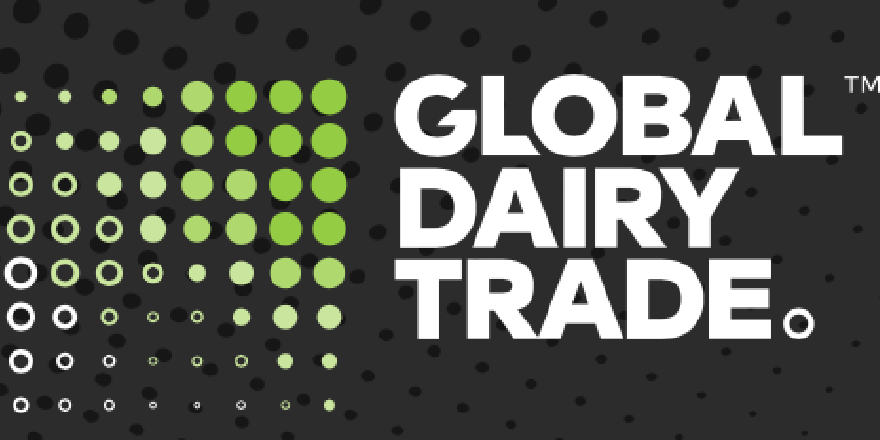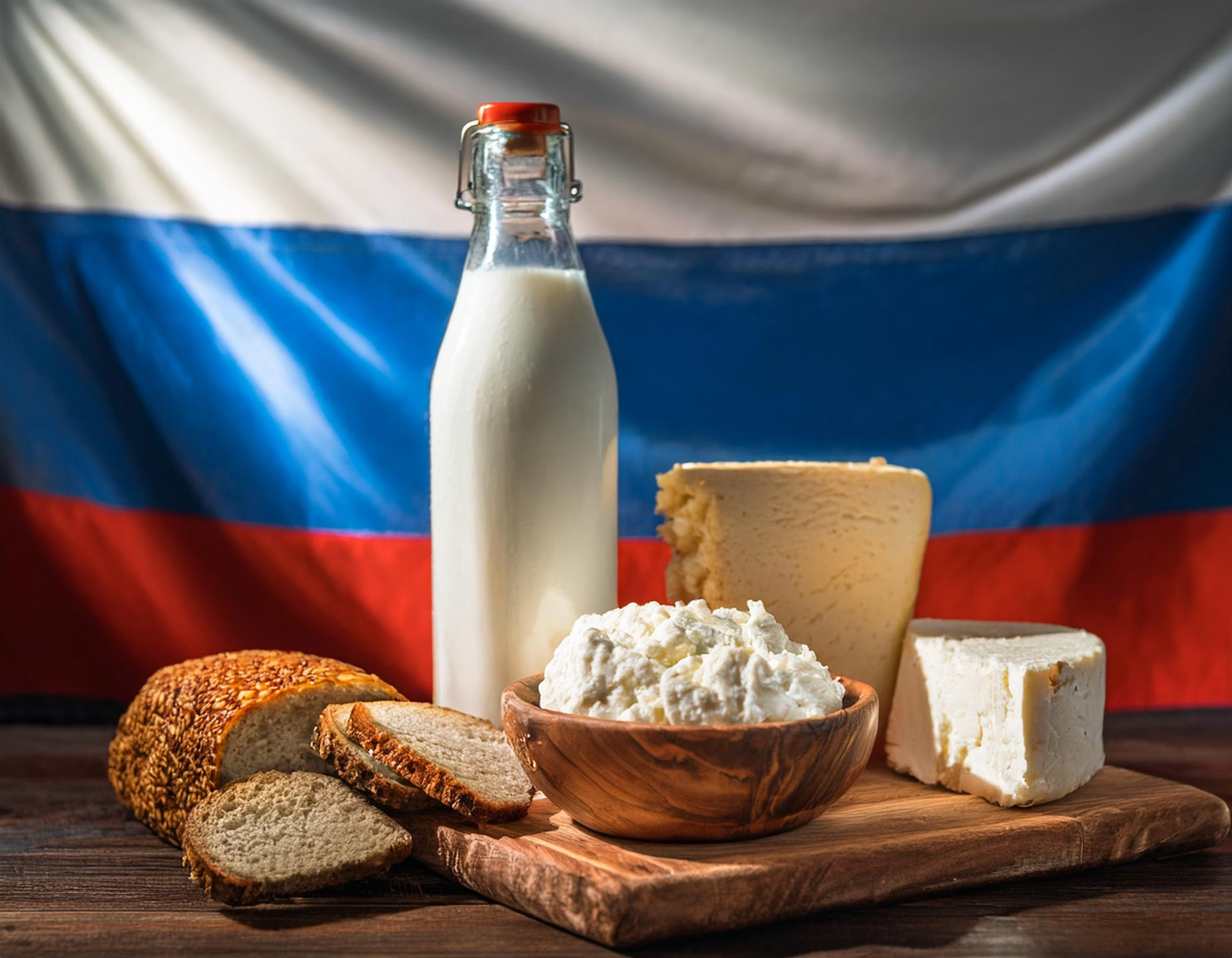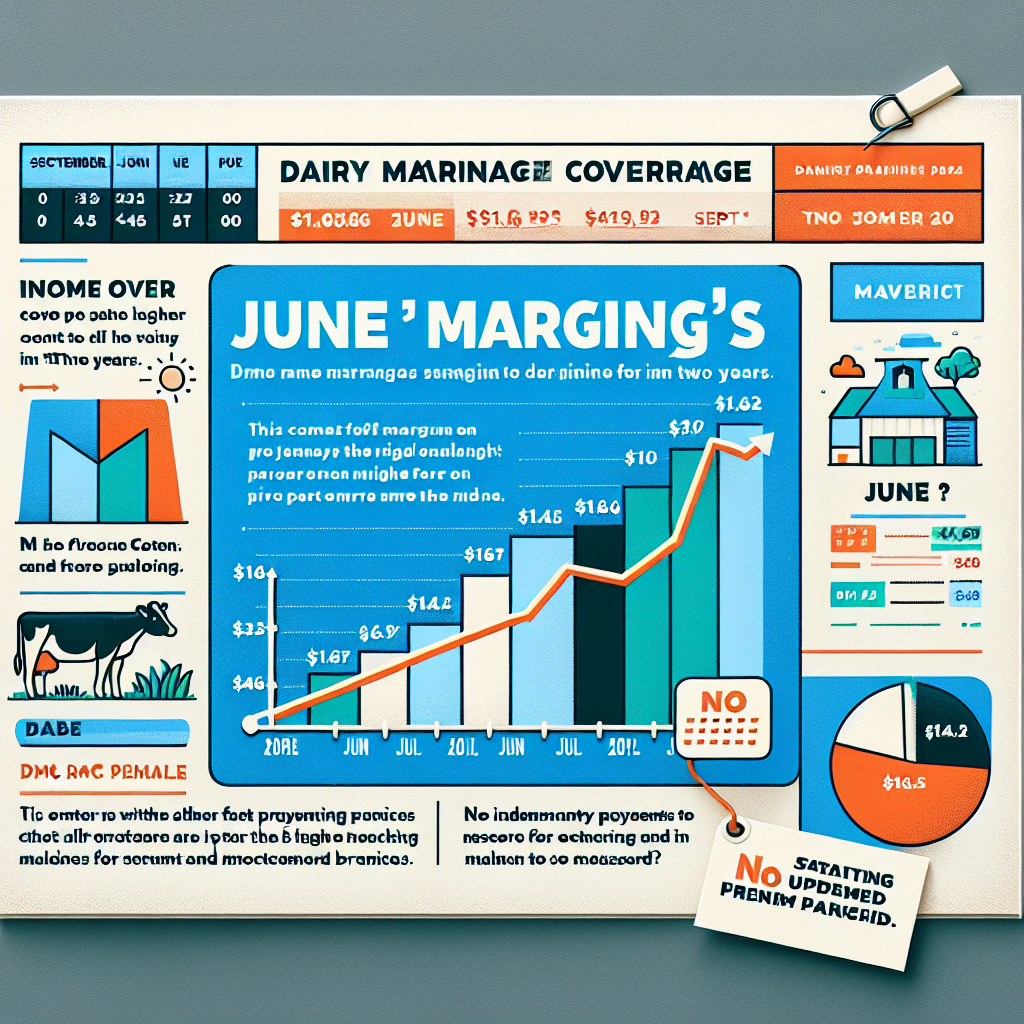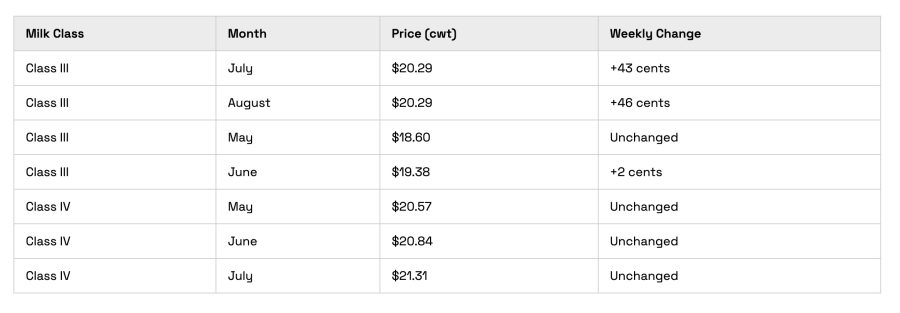Find out how rising exports and recent market changes affect dairy farming in September 2024. Are you ready for what’s next? Get expert insights and practical advice now.
Summary: The dairy market has experienced unexpected shifts this past quarter, with variations in global trade and disease outbreaks impacting production and prices. While U.S. milk equivalent exports rose significantly, up 9.5% from last year, and Australia’s exports surged by 23% year-over-year in July, key prices didn’t meet expectations. The Global Dairy Trade (GDT) for skim milk powder (SMP) showed gains, but many other prices faltered. Ongoing issues, such as the spread of Bluetongue in Europe and bird flu detection in California, create further challenges. The outlook hints at cautious optimism for margins in the U.S., E.U., and New Zealand; however, disease and environmental constraints may keep milk production sluggish. Cheese markets are turbulent, with CME spot prices looking weak despite a 10.1% YoY export rise. Meanwhile, strong buyer interest should cushion butter prices despite minor recent weaknesses, and although NFDM/SMP prices rose across major exporters, high price demand remains a concern. Dairy producers must navigate these mixed signals by focusing on efficiency, addressing herd health, investing in sustainability, staying updated on market trends, and exploring value-added products.
- U.S. milk equivalent exports increased by 9.5% compared to last year.
- Australia’s milk equivalent exports rose by an impressive 23% year-over-year in July.
- Global Dairy Trade (GDT) skim milk powder (SMP) prices showed gains, while other prices fell short of expectations.
- Ongoing disease challenges include the spread of Bluetongue in Europe and bird flu detection in California.
- Environmental constraints and disease concerns might keep milk production sluggish in the U.S., E.U., and New Zealand.
- The cheese market shows volatility, with U.S. exports up 10.1% year-over-year despite weak CME spot prices.
- Strong buying interest will likely support butter prices despite recent minor weaknesses.
- NFDM/SMP prices have risen across significant exporters, but high price demand is a potential concern.
- Dairy producers should focus on efficiency, herd health, sustainability, market trends, and value-added products to navigate mixed market signals.

Are you keeping up with the most recent dairy industry trends? This September delivers surprising developments, with U.S. milk equivalent exports increasing by 9.5% and Australia increasing by 23% yearly. What do these developments imply for your farm, and how can you interpret the conflicting signals from various market segments? Dive into this month’s study to see what’s driving these developments and what they can imply for your bottom line.
Unexpected Shifts Shake Up the Global Dairy Market This Quarter
This quarter, the global dairy industry is seeing some exciting adjustments. While Global Dairy Trade (GDT) Skim Milk Powder (SMP) increased, other dairy prices did not match expectations. The mixed trends add levels of complexity to marketing tactics. Notably, U.S. and Australian milk equivalent exports have surpassed expectations. In July, U.S. milk equivalent exports increased by an astounding 9.5% yearly, while Australian exports increased by a staggering 23% yearly. This vigorous export activity contrasts with weaker pricing elsewhere, highlighting the volatile nature of global dairy markets.
Bearish Sentiment Prevails Amidst Ongoing Global Market Challenges
The market attitude among major dairy exporters has tilted pessimistic this week, mainly due to GDT prices’ underperformance, particularly in New Zealand. While the E.U. market received some support after the week, U.S. futures remained pressured. This intricate world requires cautious navigation.
In Europe, the continuous expansion of Bluetongue adds to the uncertainty. This illness harms cattle health and jeopardizes market stability. On the opposite side of the water, California’s first discovery of avian flu adds to the complication. This occurrence, linked to cow migrations in Idaho, demonstrates the complexities of disease transmission and its influence on the dairy industry.
Another problem arises from environmental limits. In particular, the E.U. and New Zealand face stringent laws that limit milk production capacities: these variables and the current heifer deficit in the United States point to a depressed milk production prognosis. Farmers are left to consider the possible rippling effects on demand at high prices.
Cheese Prices: A Rollercoaster Ride with a Silver Lining
The cheese market needs to be more consistent. CME spot cheese prices climbed this week, but the upward trend looks weak. On the international front, GDT Cheddar has seen an increase, but more substantial than expected. E.U. cheese prices were constant at higher levels, indicating a solid European market.
However, a deeper study of U.S. cheese exports shows a more complex picture. While July exports fell short of expectations, they rose 10.1% yearly. This highlights the continuous demand resiliency despite a little setback in monthly estimates. The underlying rise suggests strong market fundamentals, which may provide dairy producers hope.
Butter Prices: Strong Demand Cushions Market Fluctuations
Butter prices have lately dropped somewhat, notably for CME spot butter. However, there is a silver lining to this tendency. Despite the minor weakness, vigorous buying activity has served as a buffer, reducing the downside risk. This dynamic shows that, although prices may vary, demand remains strong enough to avert a catastrophic decline. It’s a case of cautious optimism, with buyers stepping in anytime prices show indications of easing, so stabilizing the market.
The Powder Market: Contrasting Trends and Strategic Implications
The powder market has shown differing characteristics across goods and countries. Notably, NFDM and SMP prices rose among significant exporters, suggesting strong worldwide imports that exceeded prior predictions. This surge implies a high demand for these items, which might be driven by solid consumption patterns in new countries and steady demands in existing ones. These developments may herald profitable possibilities for dairy producers or necessitate strategic changes.
In contrast, WMP’s performance at GDT was far worse than predicted, raising concerns about its future trajectory. The global dairy industry, known for its complicated web of supply and demand, often shocks players with such oddities. WMP’s lackluster performance might be attributed to various causes, including changes in consumer tastes, stock adjustments by importers, and even competitive challenges from alternative dairy products. Understanding the fundamental reasons might help dairy farmers effectively handle the market’s ebbs and flows.
Navigating the Volatile Dairy Market: The Influence of Global Events and Policies
Understanding the Global Context: Navigating the Volatile Dairy Market
Furthermore, environmental limits in the E.U. and New Zealand limit milk production. Stricter ecological restrictions designed to reduce emissions and safeguard rivers often limit dairy farms’ development ability. While these steps are crucial for sustainability, they may also result in tighter milk supply, impacting worldwide pricing.
Trade policies are another essential aspect to monitor. The recent growth in U.S. and Australian milk equivalent exports demonstrates the expanding demand in overseas markets. However, changes in trade agreements, tariff systems, and diplomatic ties may swiftly alter export dynamics, hurting farmers’ profits.
Understanding these enormous patterns is crucial for farmers to anticipate market shifts and proactively adjust their operations. Educating on global health challenges, environmental rules, and trade regulations can give you a competitive advantage in this ever-changing sector.
Cautious Optimism Amid Market Fluctuations: Strategies for Dairy Farmers in the U.S., E.U., and N.Z.
The margin prognosis for dairy producers in the United States, Europe, and New Zealand is optimistic. Despite a challenging market scenario, focusing on efficiency may allow you to benefit from improving margins. Addressing illnesses impacting herds, particularly Bluetongue in Europe and avian flu in the United States, should be a high priority. Implement strict biosecurity precautions to reduce hazards and remain up-to-date on veterinary guidelines. Given the environmental limits, especially in the E.U. and New Zealand, consider investing in sustainable practices. Adopting eco-friendly solutions helps you comply with requirements while giving your business a competitive advantage. Stay current with market developments and adjust your pricing approach appropriately. With cheese and powders displaying varying trends, customize your product offers to satisfy demand while remaining profitable. As demand patterns alter at higher price points, expanding your product portfolio may assist in stabilizing income streams. Investigate value-added dairy products that appeal to specific markets. Maintain communication links with your supply chain partners. Collaborating closely may help you overcome supply chain interruptions and keep your operations running smoothly even when markets fluctuate.
The Bottom Line
As we manage these market variations, it becomes evident that dairy producers throughout the globe confront a complicated situation. From unanticipated changes in global dairy markets to ongoing pessimistic mood, this year has been everything from predicted. Cheese and butter prices reflect a market dealing with supply and demand issues, while SMP continues to outperform expectations.
Despite these difficulties and possibilities, dairy producers must stay alert and adaptive. Diseases such as Bluetongue in Europe and Bird Flu in the United States add to the complexity, highlighting the need for resilience and preemptive solutions. Even if margins increase, the underlying production limitations prompt us to consider how the demand picture will change as prices rise.
Considering these changes, Are you prepared to respond to the dairy industry’s fast developments and uncertainties? Staying informed and agile will be essential. The future of dairy farming depends on surviving storms and predicting the winds of change. How will you direct your business to prosper in this changing market?
Learn more:
- Is 2024 Shaping Up a Disappointing Year for Dairy Exports and Milk Yields?
- How Cheese Exports and China’s Demand are Powering the US Dairy Economy in 2024
- Global Dairy Market Trends July 2024: Australia’s Rise as Argentina and New Zealand Face Challenges
 Join the Revolution!
Join the Revolution!
Bullvine Daily is your essential e-zine for staying ahead in the dairy industry. With over 30,000 subscribers, we bring you the week’s top news, helping you manage tasks efficiently. Stay informed about milk production, tech adoption, and more, so you can concentrate on your dairy operations.







 Join the Revolution!
Join the Revolution!











